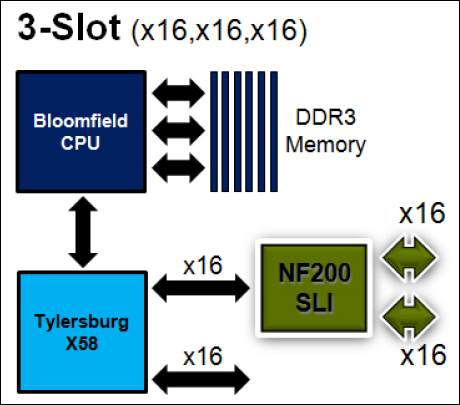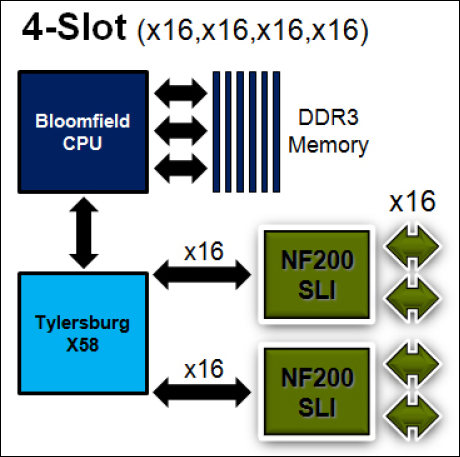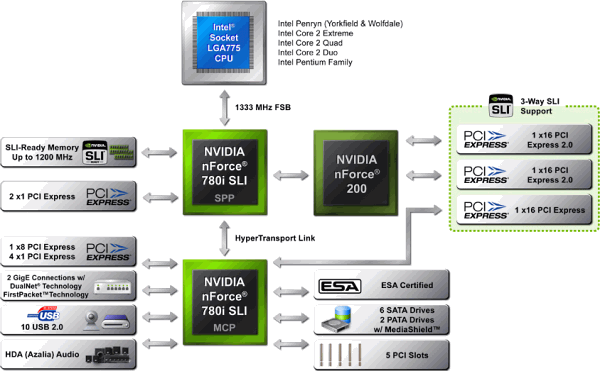DragonNOA1
Supreme [H]ardness
- Joined
- Aug 15, 2004
- Messages
- 4,301
Right after you started posting videos I started seeing other websites post video reviews, etc about computer hardware. You are ahead of the curve Kyle; keep those videos coming. Great job.
![[H]ard|Forum](/styles/hardforum/xenforo/logo_dark.png)


